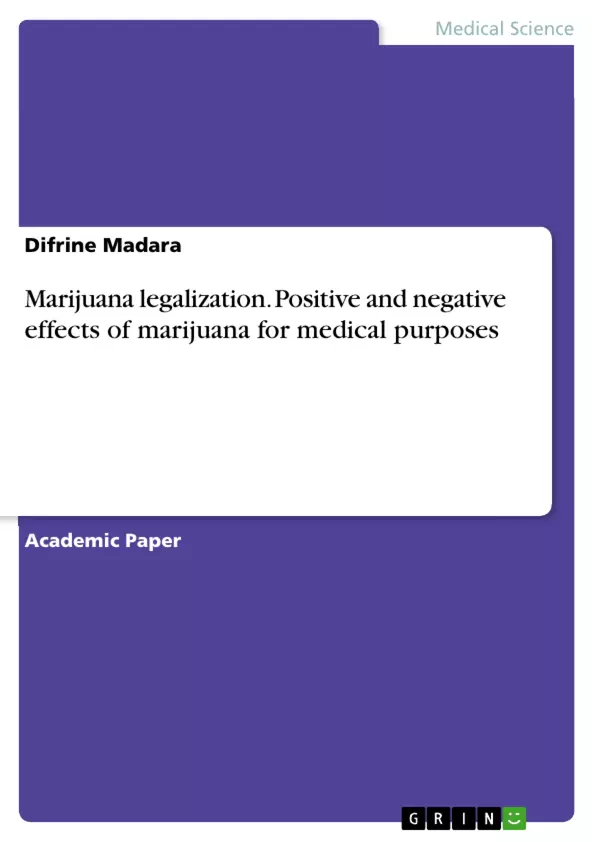Several jurisdictions around the world have passed laws legalizing the use of marijuana for medicinal purposes. These legislations allow for the use of cannabinoids and cannabis to alleviate some of the symptoms associated with terminal cancer, epilepsy and neurological illnesses. However, there are serious public health concerns associated with marijuana as some experts argued that these jurisdictions have not effectively regulated its use in a manner consistent with the international drug control treaties. In many cases, Subbaraman (2014) indicated that marijuana is being diverted for use in non-medicinal purposes. In most of these countries, poor regulation of medical cannabis programs is attributed to the low perception of risk among the policymakers and the members of the public as a whole.
In the United Kingdom and several countries in Europe, marijuana is either totally banned or its use is heavily regulated. As a result, there have been increasing calls for the UK and the rest of Europe to follow the footsteps of Canada, the Netherlands, and a growing number of states in the United States where the use of marijuana for medicinal purposes has been legal for quite some time. In this regard, this essay evaluates whether the UK and the rest of Europe should legalize marijuana for medicinal purposes. This paper explored some of the positive and negative effects of marijuana on the people and the rest of the economy.
Table of Contents
- Introduction
- History of marijuana and its early uses
- Chemical structure and pharmacology of marijuana
- Effects of marijuana on a person's body
- Positive effects
- Negative effects
- Conclusion
Objectives and Key Themes
This essay explores the complex issue of legalizing marijuana for medicinal purposes in the UK and Europe. The author critically examines the arguments for and against legalization, considering the potential benefits and risks associated with marijuana use.
- Historical use and evolution of marijuana legalization policies
- Scientific understanding of cannabis's chemical composition and effects
- Potential benefits of marijuana for medical purposes
- Potential risks and negative effects of marijuana use
- Comparison of regulatory approaches to marijuana use in different regions
Chapter Summaries
- Introduction: The essay sets the context for the debate on medicinal marijuana legalization by outlining the current state of legislation across various regions and highlighting the growing calls for legalization in the UK and Europe. It also provides background information on marijuana use and its prevalence.
- History of marijuana and its early uses: This section traces the origins of cannabis, its historical uses in different cultures, and the evolution of attitudes towards its use. It highlights the shift from acceptance to criminalization and the recent resurgence of interest in its medical applications.
- Chemical structure and pharmacology of marijuana: This chapter explores the scientific understanding of cannabis, focusing on its chemical composition, particularly the presence of tetrahydrocannabinol (THC), and its effects on the human body. It delves into the pharmacological complexities of cannabis due to the presence of multiple cannabinoids.
- Effects of marijuana on a person's body: This section examines the various ways marijuana can affect the human body, both positively and negatively. It explores the potential benefits of marijuana for medical conditions such as cancer and epilepsy, as well as the potential adverse effects and risks associated with its use.
Keywords
This essay focuses on the complex issue of medicinal marijuana legalization, exploring the historical uses of cannabis, its chemical properties, and the potential benefits and risks of its use. Key themes include cannabis legislation, medical applications, public health concerns, regulatory frameworks, and comparisons between different regions' policies on marijuana use.
- Quote paper
- Difrine Madara (Author), 2019, Marijuana legalization. Positive and negative effects of marijuana for medical purposes, Munich, GRIN Verlag, https://www.grin.com/document/588145



